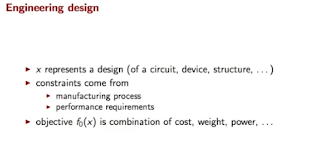Fashion focused startup on catalog management, creation, realtime smart in-store fashion recommendations
ML areas in the product
Modeling the Human Body in 3D: Data Registration and Human Shape Representation
Image-based 3D Object Reconstruction: State-of-the-Art and Trends in the Deep Learning Era
Whole-body modelling of people from multi-view images to populate virtual worlds
Im2Fit: Fast 3D Model Fitting and Anthropometrics using Single Consumer Depth Camera and Synthetic Data
On-line Generation of Customized Human Models based on Camera Measurements
Comparison of Body Capturing and Model Techniques
Convolutional neural network architecture for geometric matching
CNNGeometric PyTorch implementation
CNNGeometric Re-implementation using TensorFlow
Happy Learning!!!
ML areas in the product
- Landmark Detection
- Applying Textures
- GAN based new designs
- Posture based applying designs
- Segmentation to detect different human parts (Upper body, lower body, face, hair etc.)
- 3D reconstruction and applying the selection
Modeling the Human Body in 3D: Data Registration and Human Shape Representation
Image-based 3D Object Reconstruction: State-of-the-Art and Trends in the Deep Learning Era
Whole-body modelling of people from multi-view images to populate virtual worlds
Im2Fit: Fast 3D Model Fitting and Anthropometrics using Single Consumer Depth Camera and Synthetic Data
On-line Generation of Customized Human Models based on Camera Measurements
Comparison of Body Capturing and Model Techniques
Convolutional neural network architecture for geometric matching
CNNGeometric PyTorch implementation
CNNGeometric Re-implementation using TensorFlow
Happy Learning!!!




































































